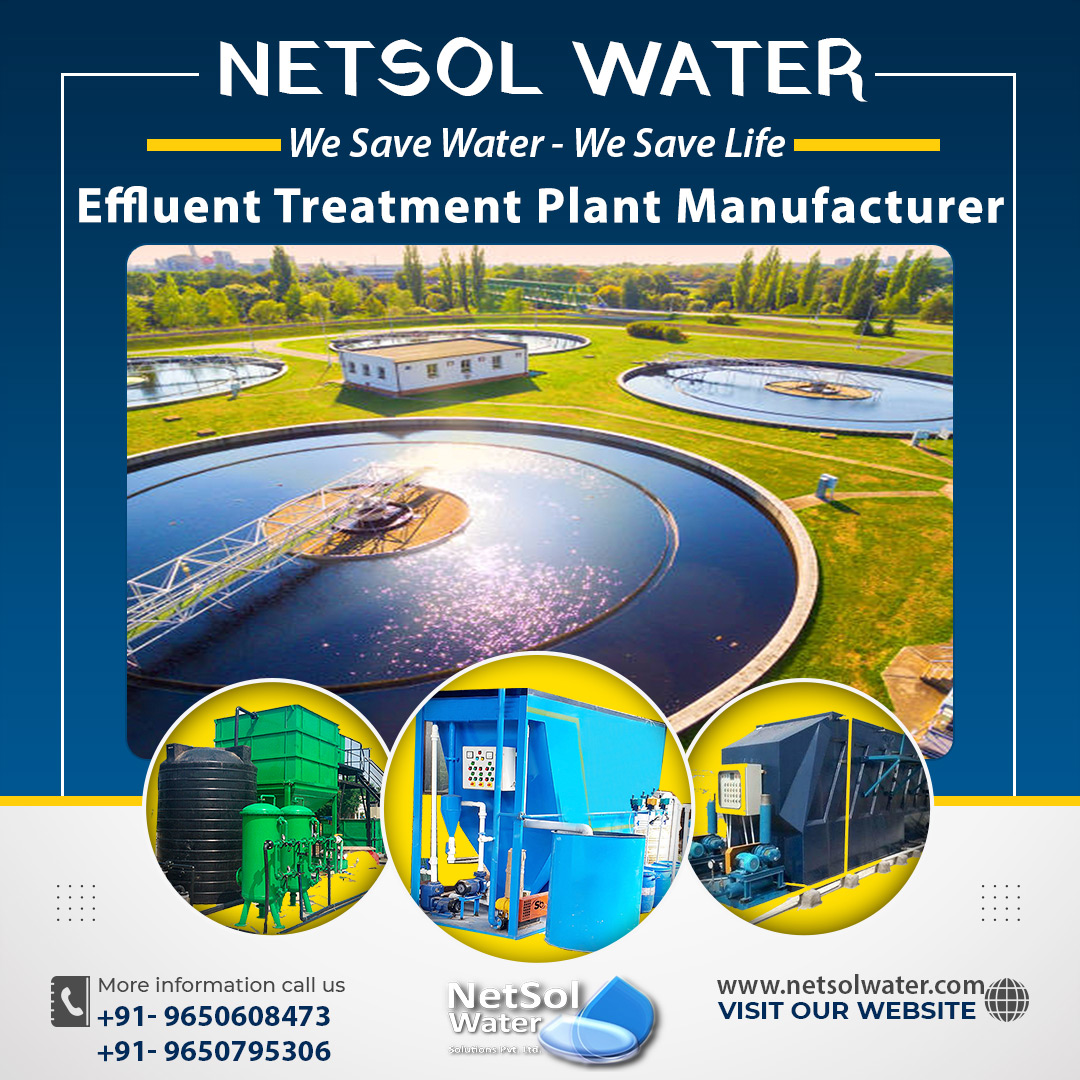The automobile industry is a rapidly developing sector due to rapid advances in science and technology. Instantaneous advancements in the vehicle and automotive industries throughout time increases output, which in turn causes a higher release of wastewater into the environment.
The release of toxic wastewater by the automotive industry has become one of the main sources, contributing to a serious issue with the natural environment.
Let’s see how effluent treatment plants treat wastewater from the automotive sector.
What kinds of contaminants are present in wastewater from the automotive industry?
The treatment, washing, rinsing, and painting of automobiles during the various production steps, of the automotive/automobile sector result in significant volumes of wastewater.
The toxins and pollutants that are most frequently discovered in effluents include:
1. Total suspended solids,
2. Hydrofluoric acid and ammonium bi-fluoride products,
3. Metals,
4. Oiland grease,
5. Colours,
6. Detergents,
7. Chromium,
8. Phosphates,
9. Pollutants, both organic and inorganic, and
10. COD and BOD.
How crucial are effluent treatment plants for automobile sector?
ETPs, or effluent treatment plants, treat the wastewater produced at various phases of the car manufacturing process. Before returning the treated water to the environment, they let it drain. The effluents from the automotive industries are treated using an environmentally friendly method, so that they can be recycled or utilized again.
The effluents produced by the automotive industry (such as auto factories, showrooms, and service centres), are very dangerous to both human and animal health, and pose a serious threat to the environment. Therefore, setting up an effluent treatment plant for the automotive industry is necessary.
ETPs or Effluent Treatment Plant for the Automotive Industry
Before the water is returned to the natural water sources, the effluent treatment plant has a significant role to play in removing/disposing the contaminated and polluted water, to a standard or acceptable level.
Let us learn more about the main procedures used in ETP for the automotive and auto parts sectors.
1. Physical process
ETP for vehicle industries follows certain steps throughout treatment procedure.
Pre-treatment: Preventing damage to pumps and other plant equipment, by physically removing floatable materials from raw effluent, using a method like screening or a grit chamber.In order to remove floatable oil and grease from automotive wastewater, it additionally has an oil and grease trap.
2. Chemical process-based primary treatment
Pre-treated wastewater now enters the primary tank (which involves coagulation, flocculation, and neutralization). Here, oil, grease, and other lighter materials that float to the surface are skimmed off, while heavy solids sink to the bottom.
The residual liquid wastewater is sent to the next phase of treatment, and the settled solids are known as primary sludge.
3. Secondary Treatment
This method eliminates 90% of the BOD and COD through biological processes. Biological processes can be either anaerobic or aerobic, depending on the effluent quality.
4. Tertiary Treatment
In ETPs, this treatment is crucial, because chlorine, ozone, and UV radiation are used here to disinfect treated effluent. Additionally, residual suspended particles that were not removed at earlier treatment levels are eliminated.
The treated effluent quality from the automotive industries is satisfactory and adequate for discharge, or to reuse after passing through RO Plants.
Get high-quality effluent treatment plants for the automotive sector
If you want to buy an efficient and affordable ETP for automobile industry, Netsol Water is the best place to go. In India, we deploy advanced, fully equipped, and fully automated turnkey effluent treatment solutions, for various industries.
To summarize, our ETPs are the best for obtaining results in industries, which can withstand the demands of the hour. We also tailor each system to the needs of the customers, with each unit designed and built to order.




